Related Research Articles
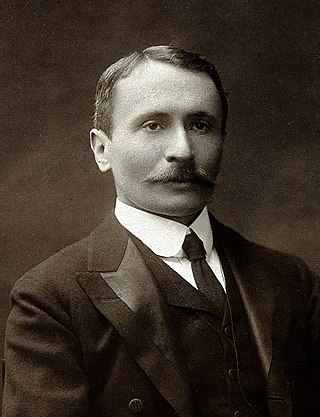
Sir Marc Aurel Stein, (Hungarian: Stein Márk Aurél; 26 November 1862 – 26 October 1943) was a Hungarian-born British archaeologist, primarily known for his explorations and archaeological discoveries in Central Asia. He was also a professor at Indian universities.

The Times of India, also known by its abbreviation TOI, is an Indian English-language daily newspaper and digital news media owned and managed by The Times Group. It is the fourth-largest newspaper in India by circulation and largest selling English-language daily in the world. It is the oldest English-language newspaper in India, and the second-oldest Indian newspaper still in circulation, with its first edition published in 1838. It is nicknamed as "The Old Lady of Bori Bunder", and is an Indian "newspaper of record".

The University of Mumbai is a public state university in Mumbai. It is one of the largest university systems in the world with over 549,000 students on its campuses and affiliated colleges. As of 2013, the university had 711 affiliated colleges. Ratan Tata is the appointed head of the advisory council.

Bennett, Coleman and Company Limited is an Indian media conglomerate headquartered in Mumbai, Maharashtra. The company, which is a family-owned business, publishes The Times of India newspaper, which is the highest selling daily English-language newspaper in India, in addition to several radio stations, television channels such as Times Now, the film magazine Filmfare, and the women's magazine Femina. The Sahu Jain family continues to own a majority of the stake in the group, and in May 2023, the Times Group was split into two separate business entities between brothers Vineet Jain and Samir Jain, such that its radio and broadcast properties would remain with Vineet Jain and its print properties would be under Samir Jain.
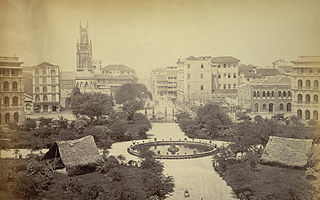
The Horniman Circle Gardens is a large park in South Mumbai, India, which encompasses an area of 2½ acres. It is situated in the Fort district of Mumbai, and is surrounded by office complexes housing the country's premier banks. Designed to be a large open space with grand buildings in the middle of the walled city, the area had been known as Bombay Green in the 18th century, later Elphinstone Circle. Following India's independence in 1947, the area was renamed in honour of Benjamin Horniman, editor of The Bombay Chronicle newspaper, who supported Indian independence.
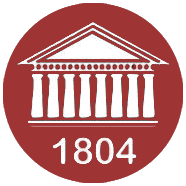
TheAsiatic Society of Mumbai is a learned society in the field of Asian studies based in Mumbai, India. It can trace its origin to the Literary Society of Bombay which first met in Mumbai on 26 November 1804, and was founded by Sir James Mackintosh. It was formed with the intention of "promoting useful knowledge, particularly such as is now immediately connected with India". After the Royal Asiatic Society of Great Britain and Ireland was established in London in 1823, the Literary Society of Bombay became affiliated with it and was known as the Bombay Branch of the Royal Asiatic Society (BBRAS) since 1830. The Bombay Geographical Society merged with it in 1873, followed by the Anthropological Society of Bombay in 1896. In 1954, it was separated from the Royal Asiatic Society and renamed the Asiatic Society of Bombay. In 2002, it acquired its present name. It is funded by an annual grant from the Central Government of India.

Sir Pherozeshah Merwanjee Mehta was an Indian politician and lawyer from Bombay. He was knighted by the British Government in India for his service to the law. He became the Municipal commissioner of Bombay Municipality in 1873 and its president four times – 1884, 1885, 1905 and 1911. Mehta was one of the founding members and President of the Indian National Congress in 1890 held at Calcutta.

Narmadashankar Lalshankar Dave, popularly known as Narmad, was an Indian Gujarati-language poet, playwright, essayist, orator, lexicographer and reformer under the British Raj. He is considered to be the founder of modern Gujarati literature. After studying in Bombay, he stopped serving as a teacher to live by writing. During his prolific career, he introduced many literary forms in Gujarati. He faced economic struggles but proved himself as a dedicated reformer, speaking loudly against religious and social orthodoxy. His essays, poems, plays and prose were published in several collections. His Mari Hakikat, the first autobiography in Gujarati, was published posthumously. His poem Jai Jai Garavi Gujarat is now the state anthem of Gujarat state of India.

The Bombay Art Society is a non-profit art organization based in Mumbai. The institution was founded in 1888 for encouraging and promoting art. Most of the renowned artists on India's art scene have been associated with the Bombay Art Society in some way.

Harilal Jekisundas Kania was the first Chief Justice of India. He served as the Chief Justice of India from 1950 to 1951. He died while serving in office in 1951.
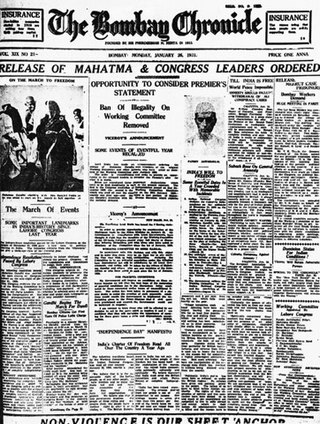
The Bombay Chronicle was an English-language newspaper, published from Mumbai, started in 1910 by Sir Pherozeshah Mehta (1845-1915), a prominent lawyer, who later became the president of the Indian National Congress in 1890, and a member of the Bombay Legislative Council in 1893. J. B. Petit had assisted Mehta in launching the newspaper and later went on to control the Indian Daily Mail. From 1913 to 1919 it was edited by B. G. Horniman.
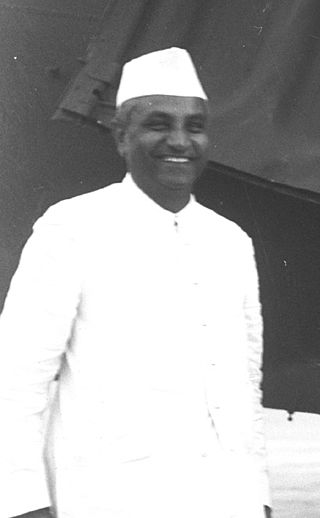
Jivraj Narayan Mehta was an Indian politician and the first Chief Minister of Gujarat. He also served as the first "Dewan" of the erstwhile Baroda state, and Indian high commissioner to the United Kingdom from 1963 to 1966.
The Aligarh Institute Gazette was the first multilingual journal of India, introduced, edited, and published in 1866 by Sir Syed Ahmed Khan which was read widely across the country. Theodore Beck later became its editor.
The British Newspaper Archive web site provides access to searchable digitized archives of British and Irish newspapers. It was launched in November 2011.
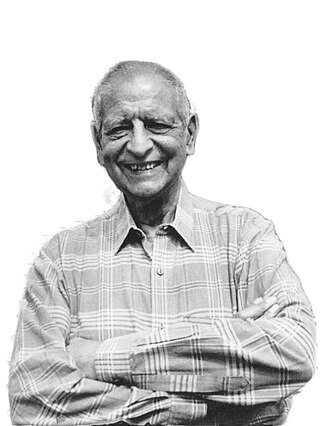
Kekoo Gandhy was an Indian art gallerist, art collector and art connoisseur, who pioneered the promotion of Indian modern art from the 1940s. He established Chemould Frames, a frame manufacturing business in 1941, soon he started displaying works of young modern artists K. H. Ara, S. H. Raza, K. K. Hebbar and M. F. Husain in his showroom windows. This led to gradual rise of modern art movement and post-colonial art in India. Eventually Gallery Chemould, India's first commercial art gallery, was opened in 1963 on the first floor of the Jehangir Art Gallery.

Benjamin Guy Horniman was a British journalist and editor of The Bombay Chronicle, particularly notable for his support of Indian independence.
Sir Frank Clement Offley Beaman (1858–1928), styled Mr Justice Beaman, was a puisne judge in the High Court, Bombay.
Sir Homi Maneck Mehta KCIE KBE JP was an Indian industrialist.

In 1940, 24 Indian pilots, also known as the X-squad, were sent to the UK for operational training and squadron service with the Royal Air Force Volunteer Reserve (RAFVR).
References
- 1 2 Skelton-Foord, Christopher. "Introduction to collection - Early Indian Newspapers - Masthead of Bombay Gazette". www.bl.uk. British Library - Colindale collection. Retrieved 18 June 2014.
- ↑ "A history of India". cw.routledge.com. Routledge. Archived from the original on 12 July 2014. Retrieved 18 June 2014.
- 1 2 3 "Early Indian Newspapers". www.bl.uk. British Library. Retrieved 18 June 2014.
- ↑ "Members of parliament for Cardiff". www.british-history.ac.uk. British History. Retrieved 18 June 2014.
- 1 2 3 Lovett, Pat (1929). Journalism in India. Calcutta: The Banna Publishing Company. Retrieved 18 June 2014.
- ↑ Douglas, James, P. (1900). Glimpses of Old Bombay and Western India. London: Samson Low, Marston and Company. Retrieved 22 June 2014– via Internet Archive.
{{cite book}}: CS1 maint: multiple names: authors list (link)